Adoption of IoT Technologies
The adoption of Internet of Things (IoT) technologies is significantly influencing the Oil And Gas Analytic Market. IoT devices facilitate the collection of real-time data from various sources, including drilling sites and refineries, enabling companies to gain deeper insights into their operations. The IoT analytics market within the oil and gas sector is expected to experience robust growth, with projections indicating a CAGR of around 22% over the next few years. This growth is attributed to the increasing need for real-time monitoring and predictive analytics to enhance decision-making processes. By leveraging IoT technologies, companies can optimize asset management, improve safety protocols, and reduce operational costs. The integration of IoT with analytics solutions is likely to redefine operational strategies in the Oil And Gas Analytic Market, paving the way for more efficient and sustainable practices.
Focus on Data-Driven Decision Making
The emphasis on data-driven decision making is a pivotal driver in the Oil And Gas Analytic Market. As organizations recognize the value of data in shaping strategic initiatives, there is a growing demand for advanced analytics solutions that can provide actionable insights. The market for data analytics in the oil and gas sector is projected to grow at a CAGR of approximately 19% through 2025. This trend is driven by the need for companies to enhance their competitive positioning and respond swiftly to market changes. By harnessing data analytics, firms can improve forecasting accuracy, optimize supply chain management, and enhance customer engagement. The shift towards data-driven strategies is likely to continue influencing the Oil And Gas Analytic Market, as companies seek to leverage data as a strategic asset.
Integration of Artificial Intelligence
The integration of artificial intelligence (AI) into the Oil And Gas Analytic Market is transforming operational efficiencies and decision-making processes. AI technologies enable companies to analyze vast amounts of data in real-time, leading to improved predictive maintenance and enhanced exploration strategies. According to recent estimates, the AI segment within the oil and gas analytics market is projected to grow at a compound annual growth rate (CAGR) of over 20% through 2025. This growth is driven by the need for advanced data analytics to optimize production and reduce costs. Companies are increasingly adopting AI-driven solutions to enhance their competitive edge, streamline operations, and improve safety measures. As the industry continues to evolve, the role of AI in the Oil And Gas Analytic Market is likely to expand, offering new opportunities for innovation and efficiency.
Regulatory Compliance and Risk Management
Regulatory compliance remains a critical driver in the Oil And Gas Analytic Market, as companies face increasing scrutiny from governments and regulatory bodies. The need to adhere to environmental regulations and safety standards compels organizations to invest in advanced analytics solutions that can monitor compliance in real-time. The market for compliance analytics is expected to witness substantial growth, with estimates suggesting a CAGR of around 15% over the next few years. By leveraging analytics, companies can identify potential risks and mitigate them proactively, thereby avoiding costly penalties and enhancing their reputation. Furthermore, the integration of risk management analytics allows firms to make informed decisions regarding investments and operational strategies, ultimately contributing to the overall stability and sustainability of the Oil And Gas Analytic Market.
Demand for Enhanced Operational Efficiency
The relentless pursuit of operational efficiency is a primary driver in the Oil And Gas Analytic Market. Companies are increasingly adopting analytics solutions to streamline processes, reduce downtime, and optimize resource allocation. The market for operational analytics is projected to grow significantly, with estimates indicating a CAGR of approximately 18% through 2025. This growth is fueled by the need to enhance productivity and reduce operational costs in a highly competitive environment. By utilizing data analytics, organizations can identify inefficiencies and implement corrective measures swiftly. Moreover, the ability to analyze historical and real-time data enables companies to make data-driven decisions that enhance overall performance. As the industry continues to evolve, the focus on operational efficiency will remain a key driver in shaping the future of the Oil And Gas Analytic Market.


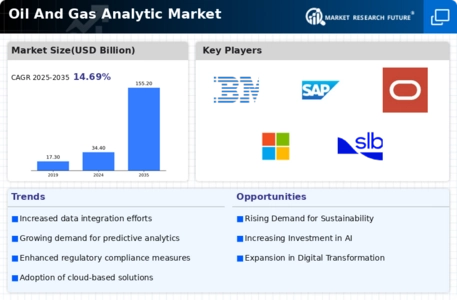
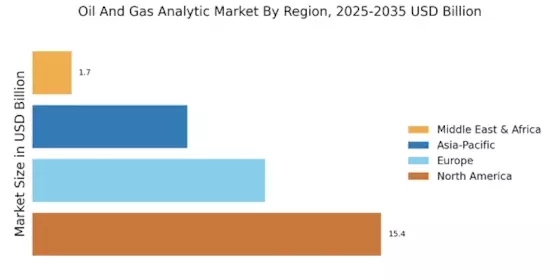

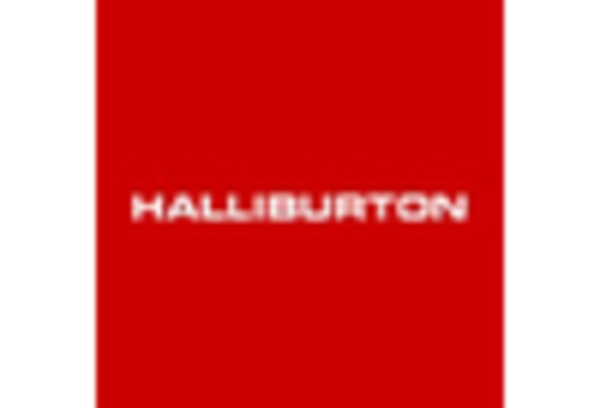

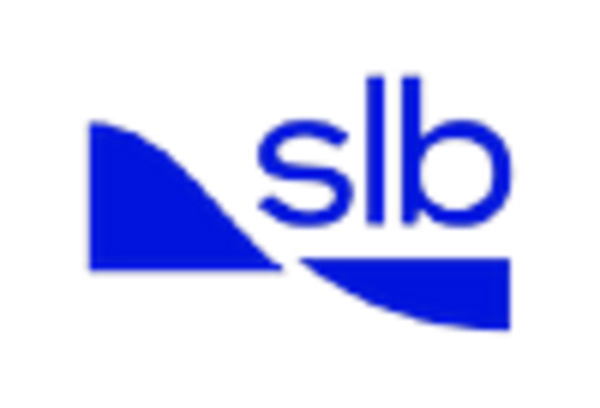

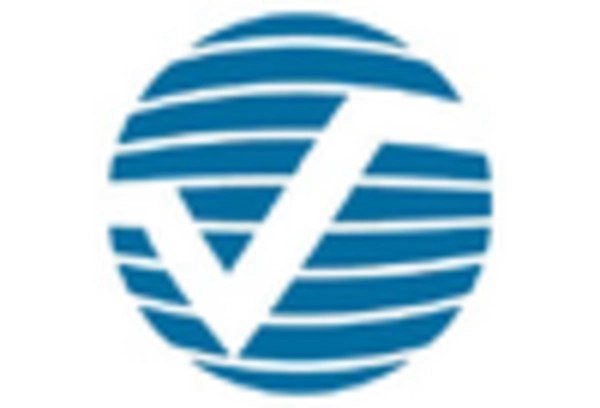








Leave a Comment